Ortona. The Aragonese Castle
2025
The Aragonese Castle is a fortification of Ortona, on the edge of the city and overlooking the sea. Famous residence of the protector of Ortona Ludovica Ianneys (1756-1812) from 1773 to 1812.
You may also like
2025
The Orfento Gorge, Caramanico Terme
The Orfento Valley is undoubtedly one of the most evocative places in the Maiella National Park: the clear water, the small waterfalls, the sound of the river and nature make the walk a unique experience.
The trail begins with a wide view of the gorge from above and then descends into the lush river vegetation with intense and wonderful colors. The route is made even more evocative by a continuous succession of small clearings, waterfalls, and wooden bridges that repeatedly cross the river.
The Orfento Gorge was the reserve where, in the 1980s, deer and roe deer were reintroduced for the first time, now present throughout the Maiella National Park.
The world's leading scientific journal, Nature, has used this valley as a global example of its rich biodiversity.
Nearby are ancient hermitages, silent guardians of faith and time, such as the hermitage of San Giovanni all'Orfento. These sacred places, nestled in the rock and surrounded by greenery, were a refuge for saints and hermits, including Pope Celestine V, who found spirituality and solitude in these valleys. Their echoes still resonate through the woods and gorges, giving those who walk there a sense of profound peace and connection with something eternal. An ancestral call that transforms the valley into a true natural sanctuary for the soul.
Woods and mountains are natural medicine. Walking in nature helps us combat many ailments linked to a hectic and stressful lifestyle. Our simple walks are a way to get closer to nature, while also providing educational insights into the wonders of Abruzzo.
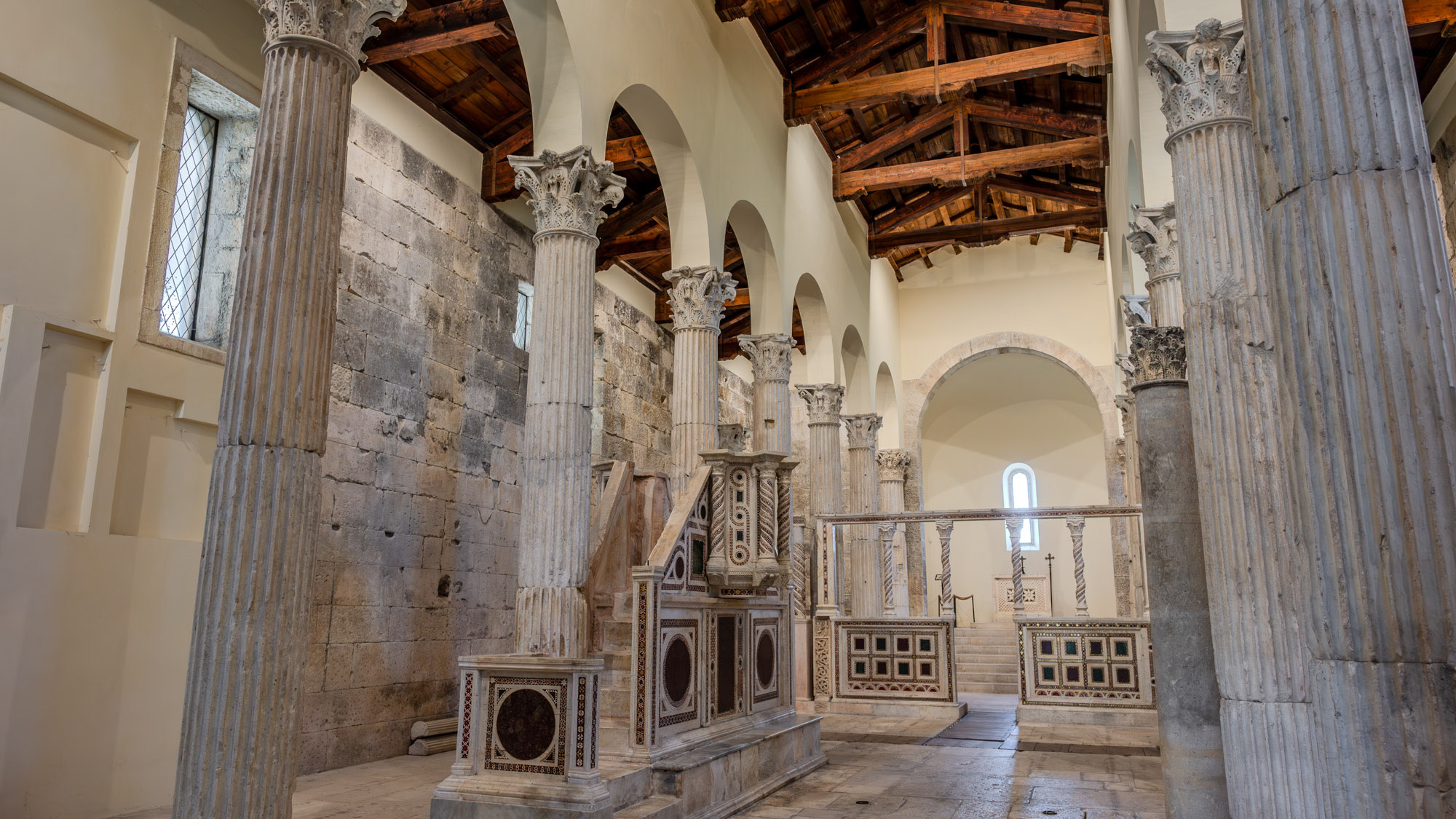
2024
Albe, Massa d’Albe. The church of San Pietro in Albe
The church of San Pietro in Albe stands on the hill of San Pietro, one of the three hills surrounding Alba Fucens, the Roman city founded in 304 BC at the foot of Mount Velino.
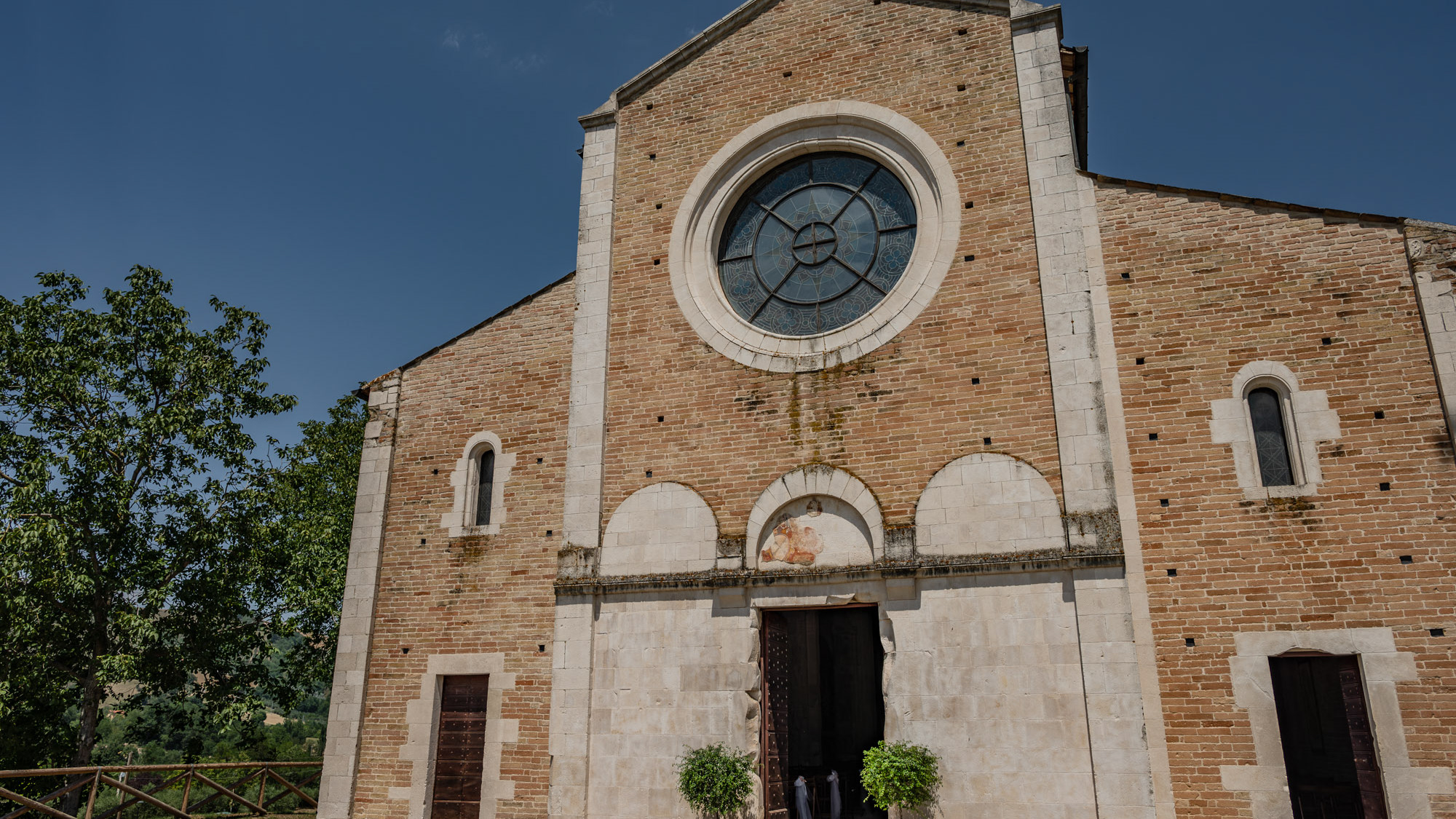
2024
Castel Castagna. The church of Santa Maria di Ronzano
The church of Santa Maria di Ronzano stands on a hill in the Mavone valley. The building belonged to the abbey monastic complex of the Benedictine order who also had the convent here.
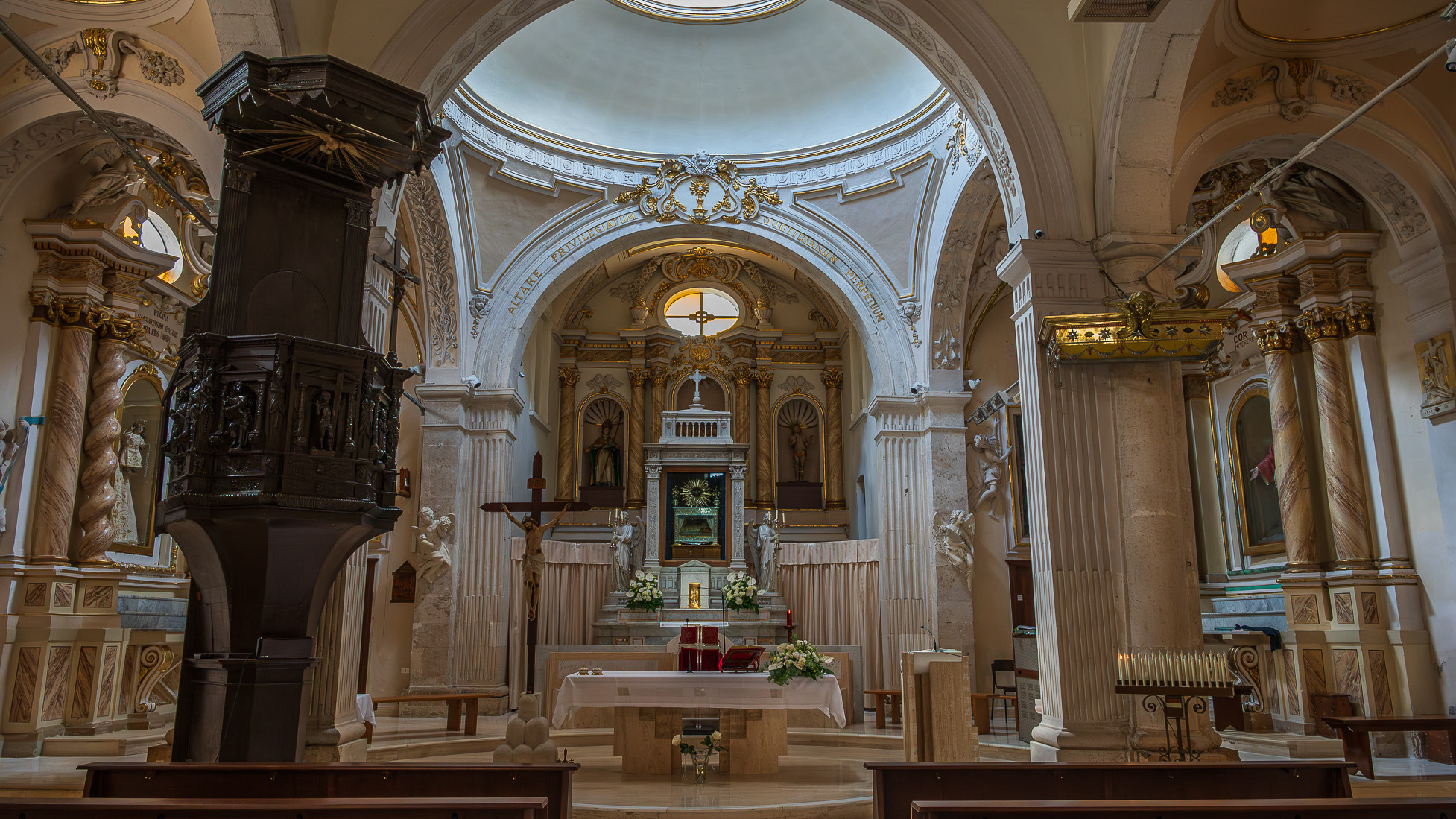
2023
Lama dei Peligni. Church of S. Nicholas and Clemente
Parish Church of the Child Jesus or of Saints Nicholas and Clemente. The parish church, originally dedicated to SS. Nicola and Clemente, was dedicated in 2015 to the Child Jesus, with a Decree of the archbishop mons. Bruno Strong. It is located in Piazza Umberto I, in front of the town hall. The original building dates back to the 16th century. An epigraph on the bell tower attests that the church was built in 1589 in the eighteenth century two windows were added on the facade for more light. The portico, located on the right side, dates back to the 20th century. The facade is rectangular. A tympanum dominates the portal, while a rose window is decorated with some little heads of angels. The portico has six bays with a round arch. The bell tower has three levels marked on the outside by a stringcourse frame. The interior has three naves, one central and two lateral. In the side aisles there are minor altars, with representations of saints. In the right aisle appear, in order, a niche with St. Sebastian, a first modern altar with an effigy of the Divine Mercy (recently set up), which houses the baptismal font, the latter covered by a late Gothic wooden chest dating back to the nineteenth century. Subsequently there is an altar with Our Lady of Sorrows and the dead Christ, then an altar with St. Anthony of Padua and finally a last one with the representation of the Sacred Heart of Jesus. In the left aisle there is, in order, a first altar with the Madonna del Rosario, then an altar with a painting of the Madonna delle Grazie. Subsequently an altar with S. Cesidio, followed by that in honor of S. Giuseppe. Finally there is a niche with S. Gabriele dell'Addolorata. At the back of the church, on the entrance door, there is a mezzanine supported by four columns, which houses a pipe organ built in the 17th century. At the end to the left of the central nave there is a wooden pulpit, with representations of the life of Jesus. The main altar is located at the end of the central nave, located in the center of the presbytery and is illuminated by the light from the dome. Behind the altar is the urn of the Holy Child, with the tabernacle below.
2023
Pescara. La Nave fountain
One of the best-known and most identifying city monuments, the La Nave fountain was created by Pietro Cascella in 1986 in travertine marble. It was inaugurated on 4 July 1987
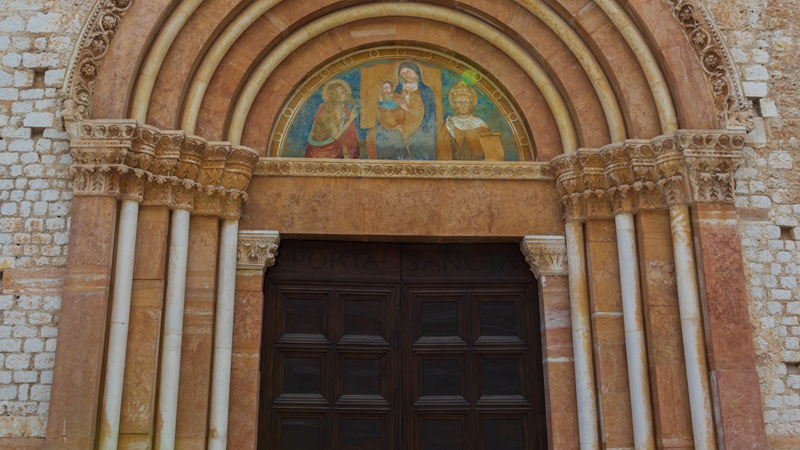
2018
L'Aquila - Basilica of S. M. di Collemaggio
The basilica of Santa Maria di Collemaggio is a religious building in L'Aquila, located just outside the city walls, on the hill of the same name. Founded in 1288 at the behest of Pietro da Morrone - crowned pope here with the name of Celestino V on 29 August 1294 - it is considered the highest expression of Abruzzo architecture, as well as the symbol of the city and was declared a national monument in 1902. Since 1327 houses the remains of the pontiff, currently preserved inside the mausoleum of Celestino V, built in 1517 by Girolamo da Vicenza, master of Andrea Palladio. It is the seat of an annual jubilee, the first in history, established with the Bull of Forgiveness of 29 September 1294 and known as Perdonanza Celestiniana; therefore, it is characterized by the presence of a Holy Door on the side facade. The church, which boasts the title of minor basilica together with the fellow citizens San Bernardino and San Giuseppe Artigiano, has been remodeled several times over the centuries mainly due to the damage caused by frequent earthquakes and presents a mixture of different architectural styles. Following the 2009 earthquake, it was subjected to consolidation and restoration works which ended in 2017.
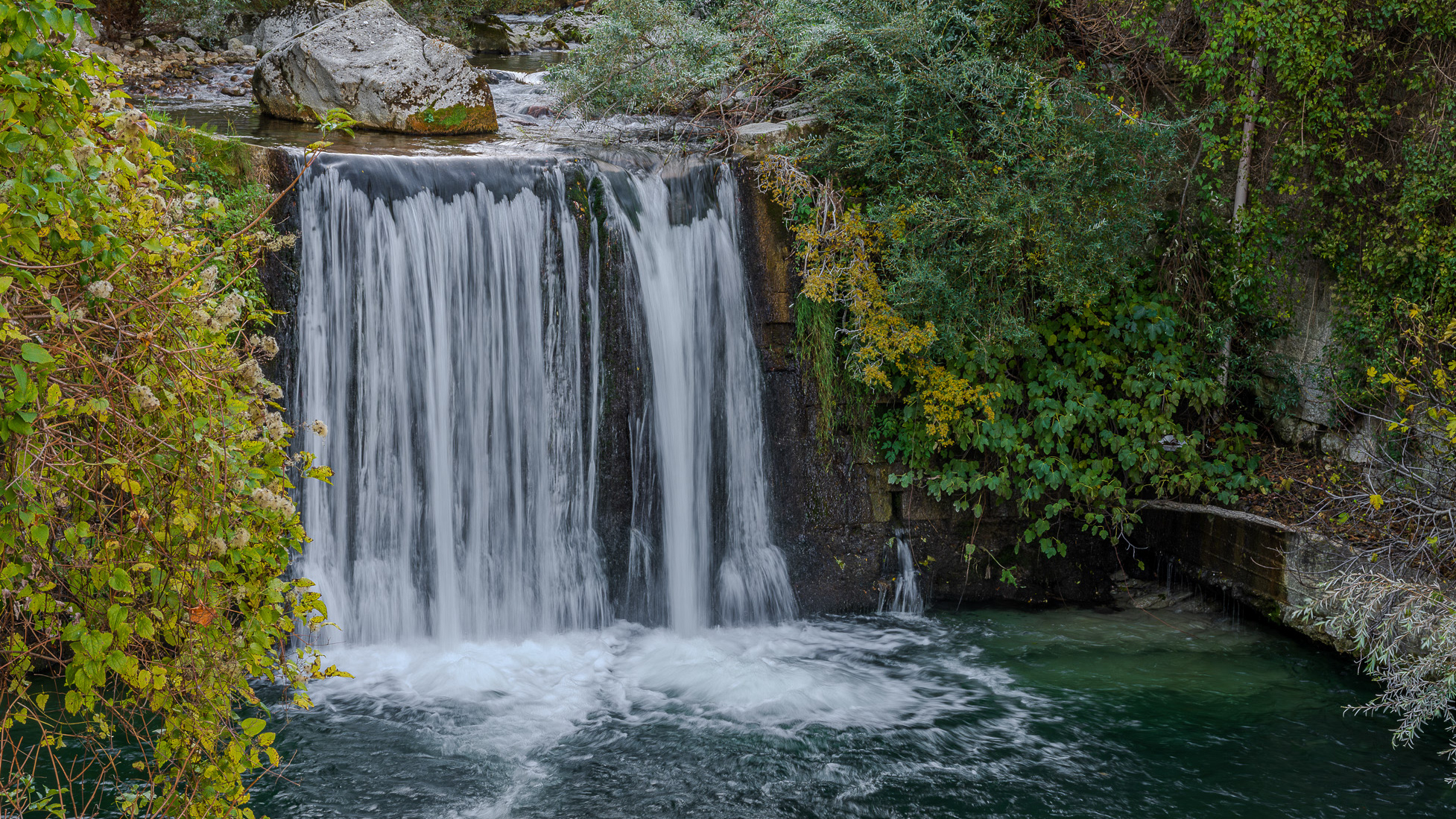
2023
Palena. The waterfalls of the Aventine river
The Aventine is a 45 km long river in Abruzzo, born from the sources of Capo di Fiume, located within the municipality of Palena, located at 863 m above sea level, downstream of the Cotaio stream.
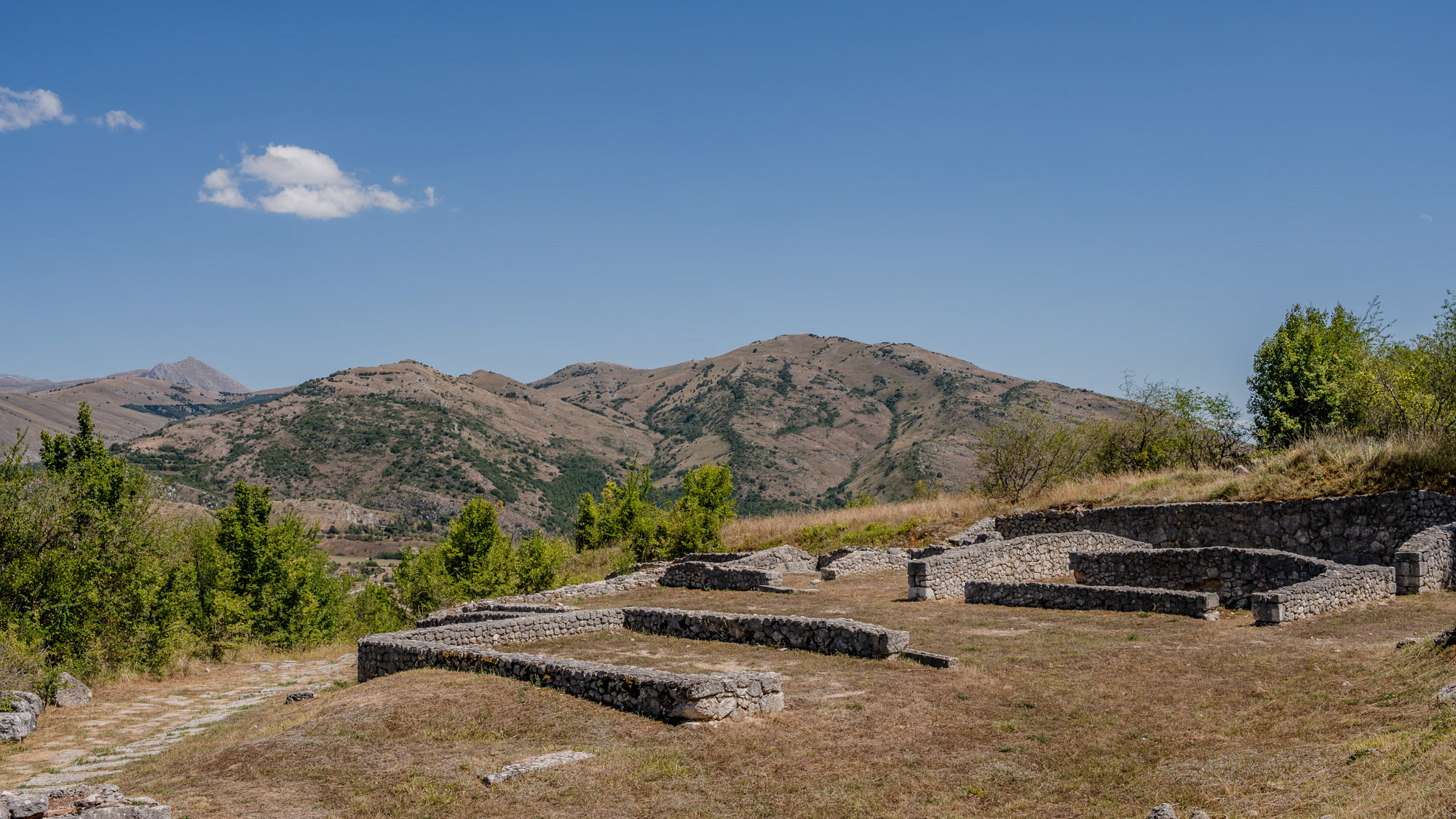
2024
Archaeological site of Alba Fucens
Alba Fucens is a site that arose in the 4th century BC in an elevated and well-fortified position, on approximately 34 hectares at 966 m above sea level, on the slopes of Mount Velino in Abruzzo.
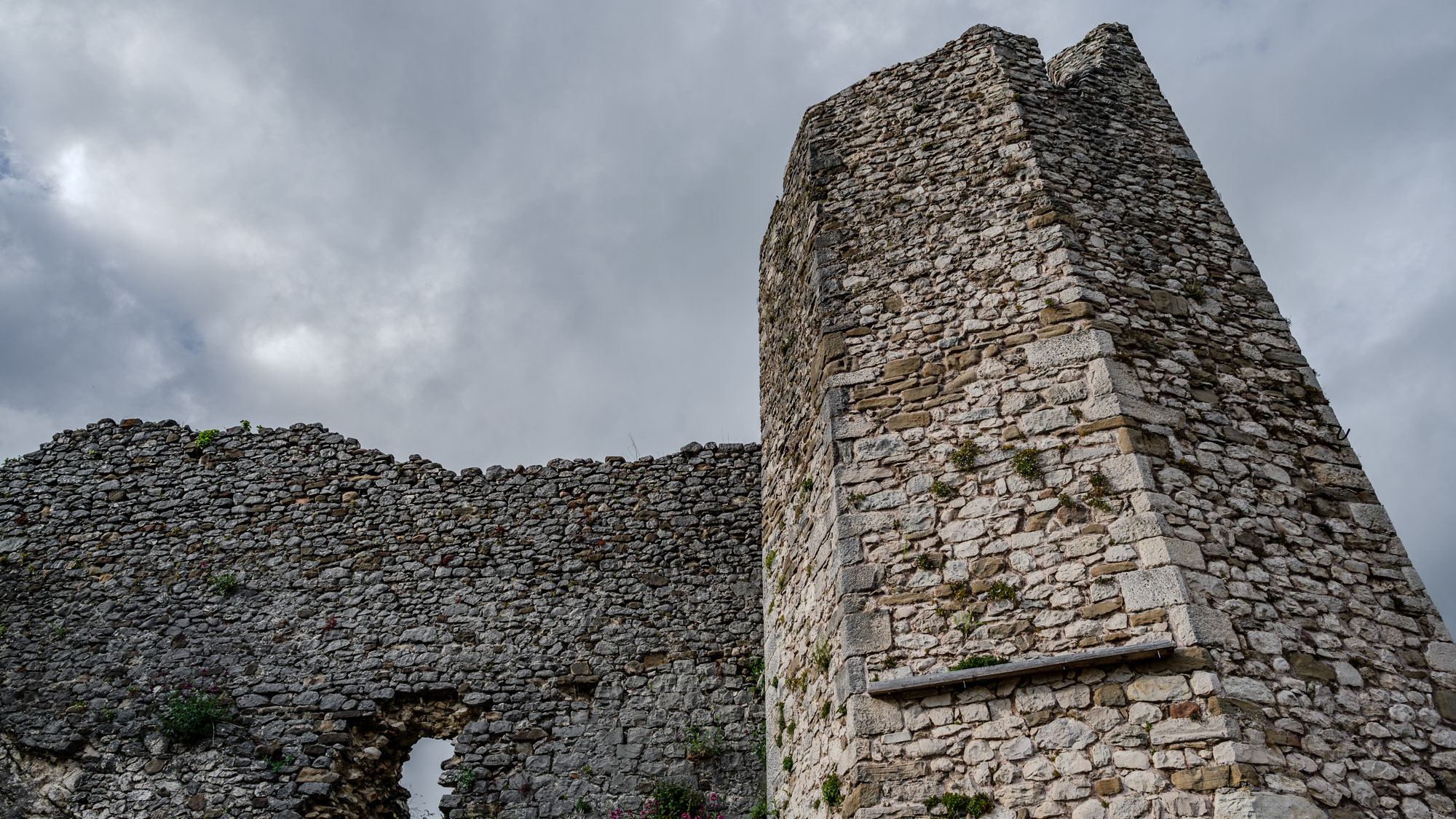
2024
Alfedena. The Castle
Alfedena Castle is the ruin of a castle dating back to the 10th-11th century in the Italian municipality of the same name of which an octagonal tower and parts of the walls remain. The ruins are located in a dominant position over the town, along Via Luigi De Amicis. The wall rests its foundations directly on the rocky thickness of the mountain hill overlooking Alfedena, has an irregular circular appearance, with multiple layers of walls, and double curtain walls with fornix-shaped entrances are preserved. The tower, although cut off at the top, is the best preserved element. The castle was founded around the 10th century by the Frankish lords, who divided the county of Marsi between them. In fact, Alfedena was among these possessions and, on top of the castle hill, a fortified tower was built, which communicated with those of the other villages, such as Scontrone, Castel di Sangro and Barrea. The tower with an irregular plan was rebuilt in the 13th century, as demonstrated by the octagonal structure, perhaps before it had a cylindrical base, the fact is that it testifies to the ancient function of the castle, which was that of lookout, guarding the town below, developed from the 14th century onwards, and together with the fortified enclosure, it also served as a shelter for citizens during periods of emergency, such as sieges. In the 14th century it was a fiefdom of Simone Di Sangro, the rich family from the Peligna valley, who had various fiefdoms, only to then pass to Giacomo Caldora in 1422. In 1456 a serious earthquake damaged the castle, which slowly lost the ancient central function of Alfedena, given that the main political and economic activities developed further and further downstream, along the Pescasseroli-Candela sheep track. The castle was enfeoffed during the Spanish viceroyalty to various lords, but it never returned to its ancient functions, it was damaged again by the Maiella earthquake of 1706, then by the earthquakes of 1915 (Marsica earthquake) and 1984, being restored only in the first years 2000, to be visited as a panoramic location, together with the octagonal tower.
2023
Sulmona. Complex of the Santissima Annunziata.
The Santissima Annunziata complex is the most famous and representative monument of the city of Sulmona, declared a national monument in 1902. The main entrance to the complex is on the Annunziata square although other interesting visual glimpses of the building, especially for architectural interest, are admirable from the adjacent streets, via Pantaleo and via Paolina. The church, founded in 1320 by the confraternity of the Compenitenti together with the annexed hospital, does not retain traces of the original construction, both due to the damage suffered in the earthquake of 1456 and due to the architectural transformation interventions which radically modified the original structure of the sixteenth century. Furthermore, another ruinous seismic event, that of 1706, led to a new, important reconstruction intervention which gave the church a Baroque appearance, with an imposing façade with two orders of columns, the work of Maestro Norberto Cicco from Pescocostanzo ( 1710). The interior is divided into three naves and is covered with stuccos. Among the paintings that embellish the church are the frescoes by Giambattista Gamba on the vaults and the canvases on the side altars, among which the Pentecost of 1598 by a Florentine master and the Communion of the Apostles by Alessandro Salini stands out for their quality. The apse instead presents two works by Giuseppe Simonelli, a pupil of Luca Giordano, the Nativity and the Presentation in the temple and an Annunciation by Lazzaro Baldi, a Tuscan artist who was a pupil of Pietro da Cortona. The choir, in wood, was made by the local artist Bartolomeo Balcone between 1577 and 1579, while the part underneath the organs, in a vaguely rococo style, in carved and gilded wood, is by Ferdinando Mosca. The organs, on the other hand, are the one on the left side by Tommaso Cefalo di Vasto (1749) and the one on the right side was built by the Fedeli di Camerino in 1753. At the end of the right aisle is the altar of the Virgin, in polychrome marble, a work partly executed by the Roman artist Giacomo Spagna (1620), with subsequent contributions by artists from Pescocostanzo. On the right side, shortly after the entrance, there is the tomb of Panfilo Serafini, a Sulmona patriot who died in 1864. The sacristy has carved furniture dating back to 1643 with a series of sacred furnishings from the Baroque era and Neapolitan-made silverware; there are numerous pieces from the church that are placed on display in the local Civic Museum. The bell tower (built between 1565 and 1590, imposing, just over 65 meters high, has a square plan with sides of 7.20 m; it is built on two floors with a pyramidal spire and 4 mullioned windows on each floor. It is the bell tower and tallest tower in Abruzzo.The church was reopened for worship in December 2012 after three years of closure due to the 2009 earthquake.
